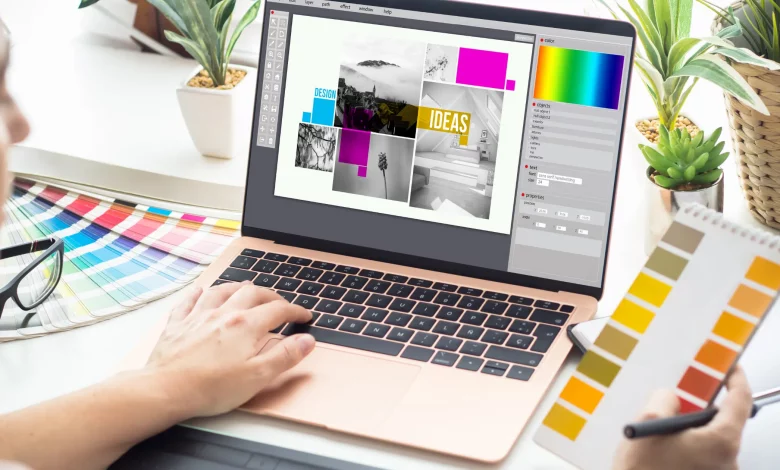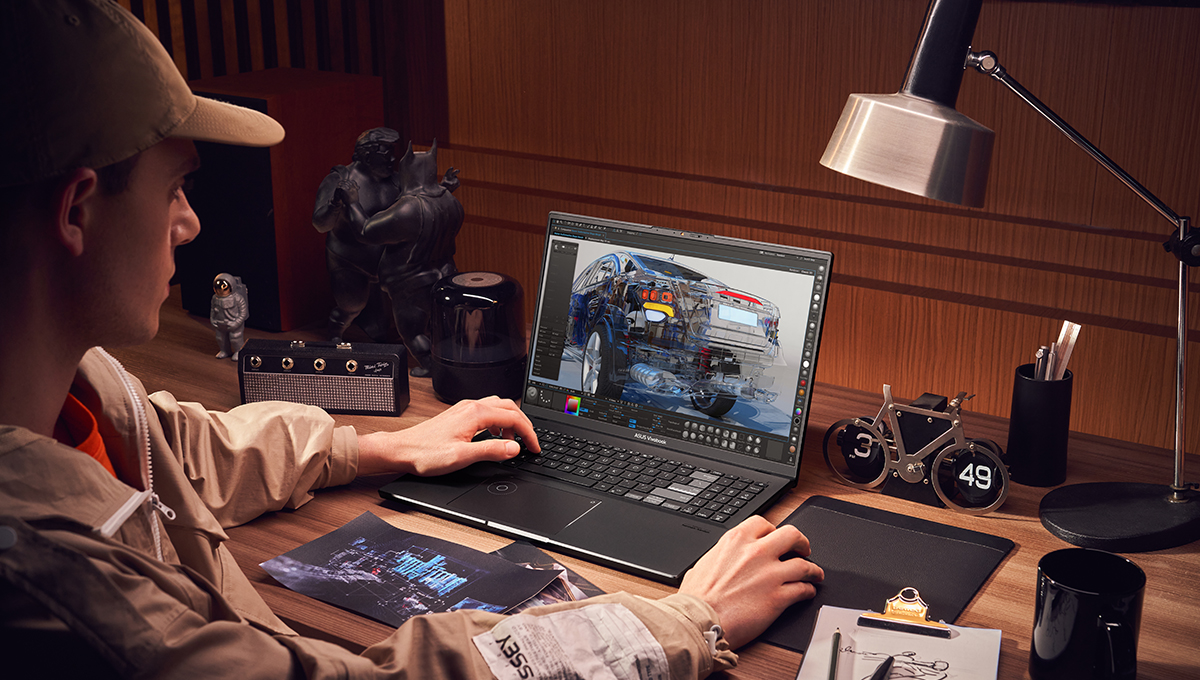How to deal with Graphic Design Clients (All you need to Know)

How to deal with Graphic Design Clients (All you need to Know): Dealing with clients that require graphic design is not always simple. Most have a clear notion of what they want, but lack the design knowledge to assess what is reasonable given their budget and the amount of time available to finish the project. Enoughinfo.com
Read Also: How To Deal With Difficult Clients (9 Great Strategies)
Some will give a designer carte blanche to finish a project anyway they see fit, while others want to micromanage. The following five pointers will assist you in satisfying your client’s needs without compromising your sanity or your earnings, regardless of whether you’re working with a challenging or ideal client.

How to deal with Graphic Design clients
1.You are a your own boss
The most crucial aspect of freelancing that non-freelancers overlook is that you control your own schedule; that is, no one else employs you, therefore you are the ruler of your own independence.
The most typical symptom of a troublesome graphic design client is when they believe you are employed by them. But in actuality, you collaborate with them. Remind the client you are currently dealing with that you are not their employer and that you work with them, not for them, if they are acting in an authoritative manner.
Read Also: How To Be Less Uptight(The Ultimate Guide)
2. Never take on a project without first outlining expectations for both parties.
Verify that you are aware of the tasks your customer has assigned you, the amount of time they have given you, and the degree to which they anticipate being involved in the process. Should you believe that their expectations are not reasonable, talk about different schedules or project modifications. Giving a written copy of your process—which includes the milestones at which you’ll demand payments—to each client is a good idea. This may avoid payment delays and will stop them from phoning you to inquire about the next course of action.
Read Also: How To Create a Gig on Fiverr (A Step By Step Guide)
3. Plan ahead cause there are always going to be alterations and delays
You should account for the possibility of project parameters changing for a variety of reasons while creating your contract and outlining your workflow. You should discuss the procedures a client may follow to request revisions to the initial design plan, including modifications to the budget and schedule. Many people are unaware of the amount of labour required to make adjustments that seem straightforward. When establishing deadlines and milestones, allow for unforeseen circumstances.

Read Also: How to be a Smart Intern (22 goals to Internship Success)
4. Always Record Every Specification Requested by Your Client in Writing
Freelancers frequently gripe about the demands of their clients, especially those who are just starting out in the industry. Nevertheless, they are equally accountable for this. Fixing a scope for all of your work will be an easy technique to do this.
Make a contract outlining your commitments to them, outlining what you will and won’t do. Get down and ask a new client what they would like you to do for their design before you start working with them.
In this manner, you’ll be aware of what is necessary for them and what is not. After that, you will put your services into a written document and request a written confirmation from them.
Read Also: How To Set And Achieve Meaningful Goals In Life
5. Learn to say No to the Client
You will frequently encounter customers who are overly picky or who wish to take advantage of your services. It is at this point that you must say no. You might get into a lot of trouble if you start taking the client at his word. It’s important to know when to stop being overly accommodating to the client and when to stop being flexible.
Read Also: How To Make Your Fiverr Profile Stand out (All you need to Know)
This also holds true for the quantity and kind of adjustments that the clients make. Should you believe that a specific typeface or colour requested by the customer will not complement the design, you should let him know and cease implementing the adjustments. You must acknowledge that, as the person working on the design, you are the subject matter expert with greater experience and understanding. That ought to be considered. Try not to come out as a disrespectful person at the same time. Be careful not to ruin your professional relationship with the client.
Read Also: How To Be A Better Decision Maker (10 Good Tips)
6. Adhere to the Timelines
It is imperative for graphic designers to honour the deadlines they have agreed upon with their clients. Setting deadlines for each portion of the task and breaking it up into manageable chunks is an excellent method to accomplish this. By working in these blocks, you can make sure that you don’t miss any deadlines and can also identify when you are running behind schedule. If you could ensure that the clients adhere to the deadlines as well, it would be beneficial. This is crucial if you’re trying to get permission. To make sure you receive your approvals or files on time, work with the client to develop a follow-up system and an escalation matrix.
For this, it’s best to use a reliable project management solution. You should give Trello or Asana a try. It would be ideal if you also kept in mind that the quote you gave was predicated on a project timetable. You will suffer from a negative commercial impact if you aim higher. Additionally, there is a greater likelihood of adjustments the longer you work on a project. Instead, you would like to complete the tasks as soon as possible to start new ones.
Read Also: How To Develop A Growth Mindset(The Ultimate Guide)
7. Deliver your projects in a structured Manner
Providing the client with a well-organized set of all deliverables is the perfect way to finish a project. The concrete deliverables should always be considered, and you should include them in your proposal. For instance, these can be open files or logo files in particular formats.
Make sure you fulfil every commitment you have made. Make sure you let the client know if you are not delivering a specific component project and explain why. You should have a checklist or standard operating procedure that might assist you with this task as well. Make sure you make the necessary adjustments to the design if the client requests print-ready files so that they are prepared for printing. .. At the conclusion of the project, sharing an executive summary that highlights the work completed and the files you are submitting is also beneficial.
Read Also: 10 Creative strategies on how to pitch your idea Successfully
8. Ensure Post-Work Relationship
The secret to expanding any business is keeping positive relationships. When it comes to graphic design, the same applies. It is imperative that you conclude the job satisfactorily and that you uphold a positive rapport with the client going forward. Since graphic design is typically a reoccurring task, they could want to work with you once more.
Going above and beyond your area of expertise to provide them with advice on their website, branding, and other design-related matters is a smart start. You can make a difference by giving them some easy wins. There’s a significant likelihood that this will result in additional work for you. In addition, it would be beneficial if you take on the role of a passive brand ambassador for them and reroute leads whenever possible.
Read Also: How To Build Meaningful Professional Connections
Conclusion
By taking these simple actions, you can build trusting relationships with your clients.Experience is the key to learning how to handle clients. Still, the aforementioned principles can be quite beneficial. The secret is to approach every task with decency and cultivate an optimistic outlook. In addition to helping you attract more clients, this will help you build a solid reputation in the graphic design sector.
FAQs & Answers
1. How should one go about showing clients design concepts?
To give possibilities, present a range of design concepts. Explain your design decisions and how they support the aims and objectives of the client in a clear and concise manner.
2. How do I professionally respond to comments and edits from clients?
Be open-minded when receiving input, get specifics when needed to fix issues, and be upfront about the revision process. Execute modifications with efficiency and maintain great communication throughout.
3. What role does education play in helping clients of graphic design firms?
A more cooperative and knowledgeable decision-making process is ensured when you educate clients on design principles and provide explanations for your design decisions.




